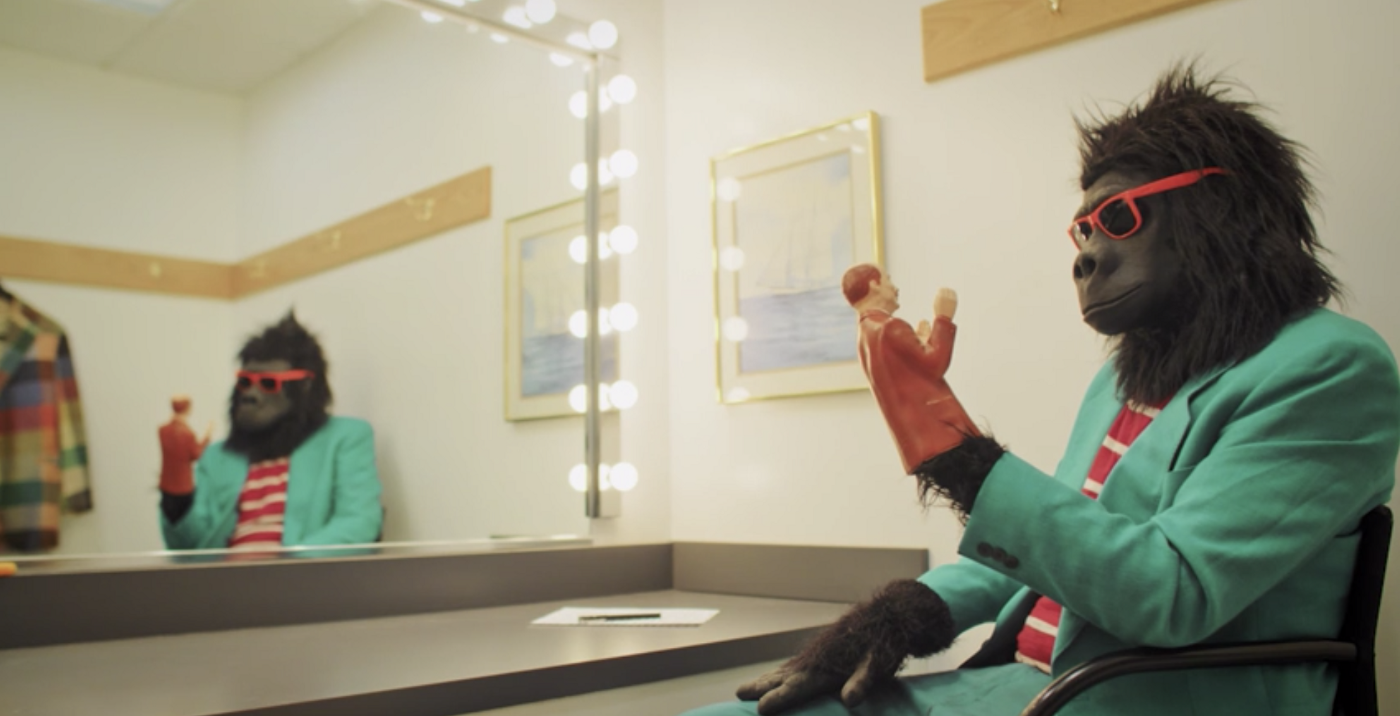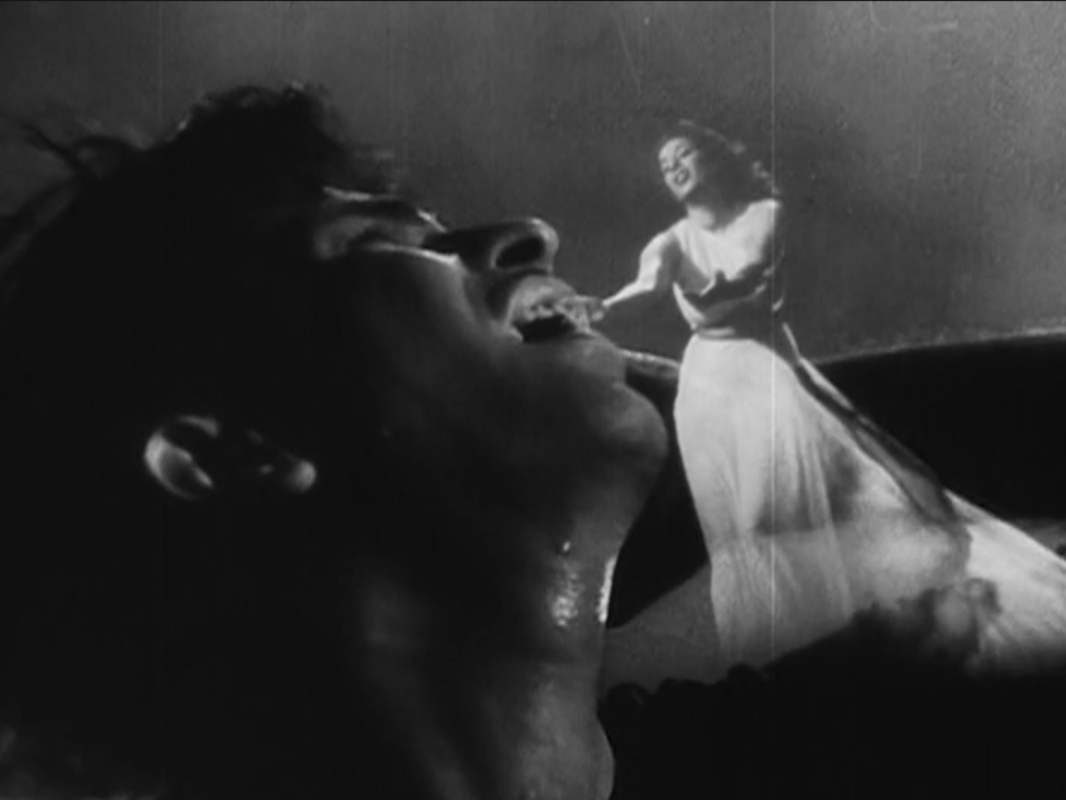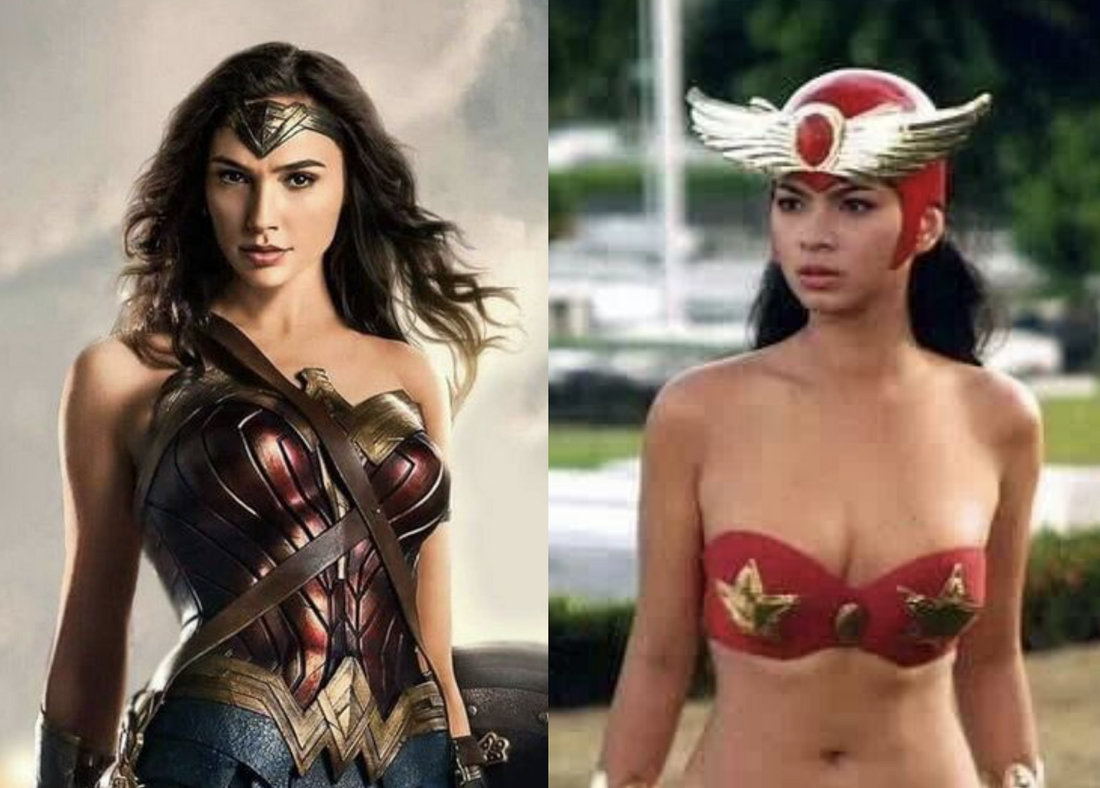
All documentaries are doomed to fail. For the most part, documentary films are trying to capture something that can not be captured. Whether it is something abstract, like the human experience, or more specific, like an event or an individual, no documentary can capture a full representation of whatever it is documenting.
This failure is partly due to the limits of film as a medium, but the heart of the problem is in the plural nature of perception and reality. No single point of view can represent the entirety of reality, or the entirety of a person or event.
The history of documentary production is a history of documentarians struggling with these issues. They court an objective and gestalt perception by minimizing their presence and maximizing the presence of their subjects.
You can see this struggle in Les Blank’s three music documentaries: The Blues Accordin’ to Lightnin’ Hopkins (1968), A Well Spent Life (1972), and Hot Pepper (1973). Blank does what he can to keep himself out of it. There is no narration. There are no linkages that string scenes together into some larger meaning. There is very little, except the subject and his friends presenting themselves to the camera.
Blank makes no claim to pure objectivity, but you can see that he is trying to let the subjects speak for themselves. His efforts produce something compelling that indeed does feel “authentic” and “whole". It is, however, important to recognize that Blank is the one choosing what to shoot and when to shoot it. He is the one asking the prompts and editing the answers. His hand may not be seen in the documentary, but it is nonetheless present.
Blank was one of several men who went down south to find “authentic” blues and folk music. Alan Lomax and his son John Lomax led the way. They had Communist leanings and spent their lives seeking out “the music of the people” all over the world. Blank knew the Lomaxes and was influenced by their work. Like the Lomaxes, Blank would just drive out into rural areas of Mississippi, Louisiana, or Texas, and ask around to find who in the area was playing music at the local fish fries and juke joints. That’s how Alan Lomax found Muddy Waters. When Lomax found his way to Muddy’s farm, Lomax found him burning his still.

The racial politics of Blank, Lomax, and the others are complex. It would be far too reductive to describe them as racist, but there were difficult issues that posed problems. When Lomax discovered Huddle Leadbedder, also known as Leadbelly, he wanted to send Leadbelly out on a tour of the United States. Lomax planned to dress Leadbelly in overalls, a bandana, and a straw hat, as if he were a field hand. However, Leadbelly wanted to wear a suit. Lomax wanted to present audiences with a bonafide piece of southern American history, and Leadbelly wanted to be a charismatic, successful musician.

These are the sort of difficulties Blank hoped to avoid in his films. All three of the musician films allow the musician to present himself on his own terms, although it is hard to truly parse out. Blank came to Lightnin’s world and filmed Lightnin’ in his element. Lightnin’ was drunk, but it would have been hard to find him in any other state. He was dressed sloppily and wearing his trademark dark sunglasses, and sometimes a straw hat. Intentional or not, Lightnin’ fulfilled the stereotype. More than Chenier or Lipsomb, Lightnin’ was a showman. He was always bragging, always on.
Blank could have sought out Lightnin’ at a club and caught him looking more “polished". Conversely, Blank could have tried to break through Lightnin’s facade to seek out something more genuine and intimate. Lightnin’, like all of us, is a moving target that changes his performed identity depending on the context.

Compared to Lightnin’, Mance Lipscomb was a far more soft-spoken and modest man. Lipscomb was a different kind of entertainer. He mostly sang the popular blues songs of his day, whereas Lightnin’ wrote most of his songs. They both helped to pioneer a unique style of guitar picking that differs from the rhythmic thumping of the Mississippi style, but you don’t learn any of that from one of Les Blank’s films. Instead of breaking down these musicians’ contributions to their style, Blank chooses to show us the cows chewing their cud, the kids playing in the field, and the chickens pecking around for bugs. Differences in picking technique are too abstract, too rarefied for the atmosphere. It’s not direct enough for what Blank is cultivating. Blank is looking for a straightforward portrait of a man, without the interference of an ethnomusicologist.

The Clifton Chenier documentary is made the same way as the others. The camera simply follows Chenier from the farm to the barber shop, and then to the bar where he plays. There is no information presented, nothing is quantified or analyzed. There is Mr. Chenier and his cohort talking about life, love, and music, and joking about getting old. By the end, you feel as though you have spent the day with a warm and talented musician. It feels personal.

It seems likely that Chenier would approve of the final product that Blank made, but Chenier might wonder why it wasn’t more polished. Chenier often wore a crown on stage because he had crowned himself the King of Zydeco. Blank’s film does contain a small amount of footage of Chenier wearing the crown on stage. Such bravado begs the question of what a documentary authored by Chenier himself would look like. Blank was not there to play into Chenier’s vision of who Chenier was. Blank was hoping to capture the feeling and atmosphere that helped create Chenier.

I have to acknowledge my own biases in writing this piece. As I write these words, there is a picture of Lightnin’ Hopkins hanging over the doorway to my living room. As a guitar player myself and a blues enthusiast, I am an avid admirer of Lightnin’s music. With the “#MeToo moment” fueling a new examination of art and artists, a man like Lightnin’ would pose challenges for some people. As I said, I admire his music, but it would not be easy to separate the man from his art. His songs are essentially about the difficulties of his life. The songs themselves are a coping mechanism for him. He has spoken specifically about the blues as a means to soothe his pain. I admire his connection to his work and the way it functions in his life. I admire his ability to bring it to others and help forge a community around basic human experiences. From what I understand, he was an alcoholic, and if his songs are an indication of how he treated women, I certainly don’t admire his ideas surrounding love and gender.
I have plenty of Lightning Hopkins CDs, and I have carefully gone through several of his songs in an attempt to learn them note-by-note, but putting his picture on my living room wall seems like a different kind of admiration. It has more to do with admiring him as a person than just a musician. It’s hard to separate the two.
I have a picture of Tom Waits on my desk at work. I’ve never met him or Lightnin’. Waits is a showman just like Hopkins. Waits has created several different personae that he presents to the world. Is the picture on my desk a portrait of Waits, or a portrait of the image he has crafted? The difference between Waits and Hopkins is that Waits has more control over how he is seen. Even with Blank coming to Hopkin’s home, the image that Blank captures, edits, and constructs is out of Hopkins’ hands. This is not necessarily a bad thing. Blank’s film works to lessen his presence as the filmmaker, but it isn’t necessary to eliminate it. Blank has a contribution to make. He is using his craft to create a portrait, one that may reveal something about his subjects that others might not immediately see.
The Blues According to Lighten’ Hopkins is a film by Blank about Hopkins, but the problem arises when publications like The Daily write an article that begins “Les Blank, the poetic documentary filmmaker who gave voice to the obscure and gap-toothed, died Sunday at his home in the Berkeley Hills.” To be fair, the "gap toothed” comment refers to a movie Blank made about gap-toothed women, but still, the quote positions Blank as a bit of a messiah, or at least a benevolent white man granting favor to the helpless. I don’t think he saw himself that way, but his work exists in a context that cannot be avoided.

Blank was a highly educated white man venturing down south to find black musicians he could capture in film portraits. I am glad he did. The portraits he rendered are rich and beautiful. His films display a genuine effort to fully respect and render his subjects.
In A Well Spent Life, there is considerably more talking than in the other two films. Mance Lipscomb tells stories and philosophizes about life, and particularly about married life. When he sits down at the table to have dinner, his wife sits down on the couch. Lipscomb is trying to show how wise he is as a husband, but his wife explains that Mance came home so late one night that his dinner had gotten cold. She had dinner waiting on the table, but he didn’t get home in time, so she swore that night that she would never serve dinner at the table again. Since then, she cooks the meals, but it’s up to him to serve himself.

It was Blank's choice to include this story, which unravels a little of the story Lipscomb is weaving. Blank allows the possibility of Lipsomb being an unreliable narrator, which brings a deeper dimension to the entire presentation. We end up with competing narratives.
It all speaks to the connection between identity and narrative. A large part of our identities is formed by a group of stories we tell ourselves, and others, about our lives. Relationships are essentially collaborative narratives. Whether it is a romantic “meet cute”, or the recounting of a fight, all relationships are a constant negotiation between differing points of view. Making documentaries involves the same negotiation. The director, the subject, and anyone else involved is engaged in constructing meaning through the assembly of events into a story. Each version of that story has to contend with the other competing versions. When it comes to Lipscomb and his wife, the two versions of their marriage sit side-by-side in the film. Blank offers no ultimate reconciliation, he just presents what is said. However, the movie is ultimately about Mance Lipscomb, and just by virtue of his face being on the poster, we are pre-disposed to lend his words more import.

Whether it is a documentary, film, or real-life experiences, we are eternally embroiled in a never-ending tangle of singular points of view that we are obliged to reconcile. This is the only way we know how to create meaning. Blank's films present spontaneous interactions between him and these three men. They are unscripted, but planned. They are free-floating exchanges, but they are edited. They are focused closely on each man, but stay general in an effort to include context. These contradictions are not problems as much as they are issues that create intriguing tension.
The three films make an effort to present their subjects at face value. They make an effort to reserve judgment and minimize analysis. It appears that Blank wants his audiences to think of his films in a similar fashion. We are meant to take the footage at face value, as simply a document of what he saw. However, as simple as it may appear, exchanges between individuals, either on film or off, are never that simple.

If you liked this article you might also might like - https://filmofileshideout.com/archives/nanfu-wangs-i-am-another-you/



